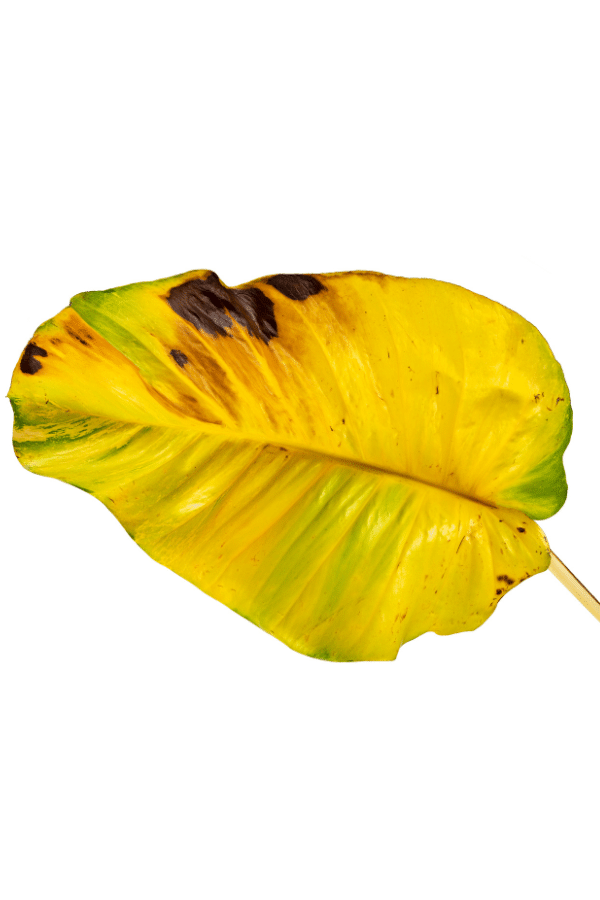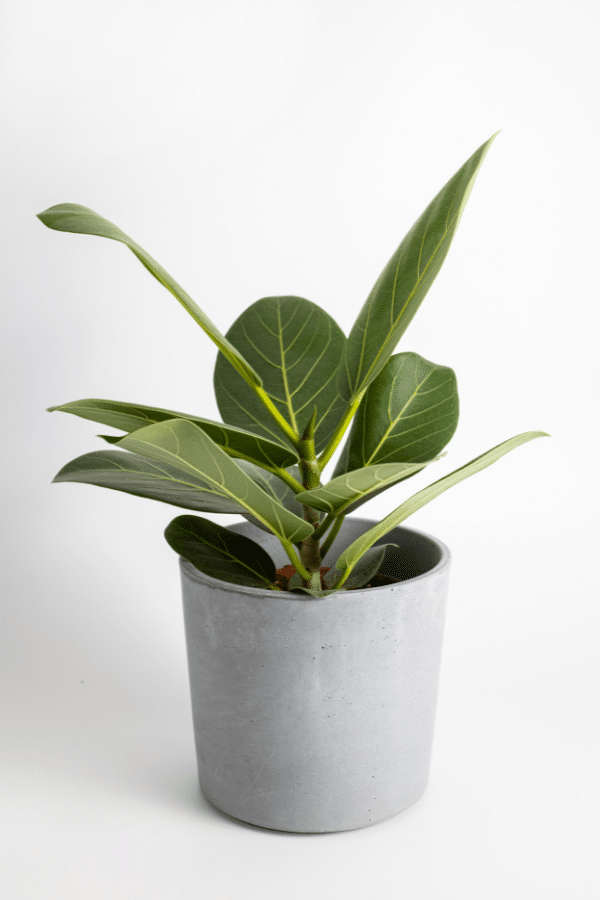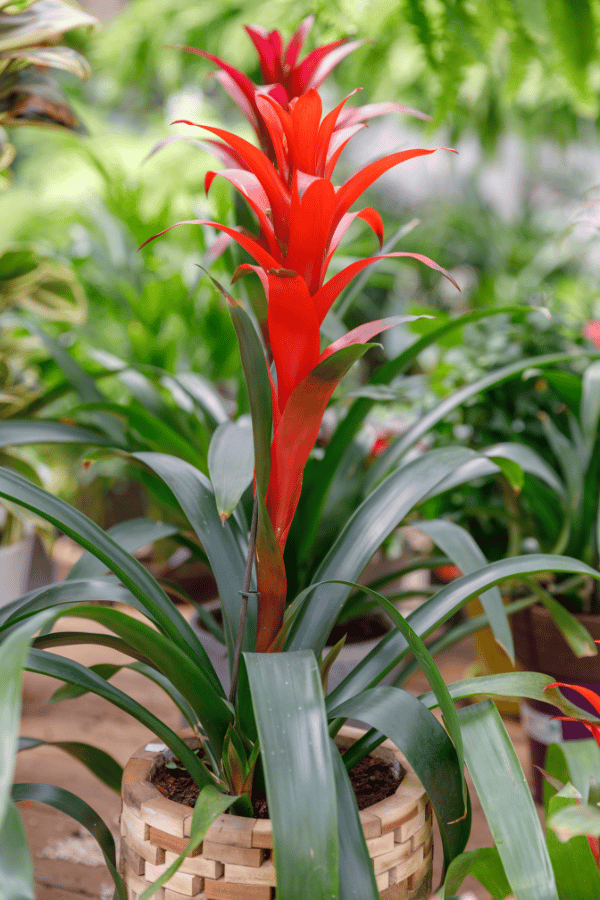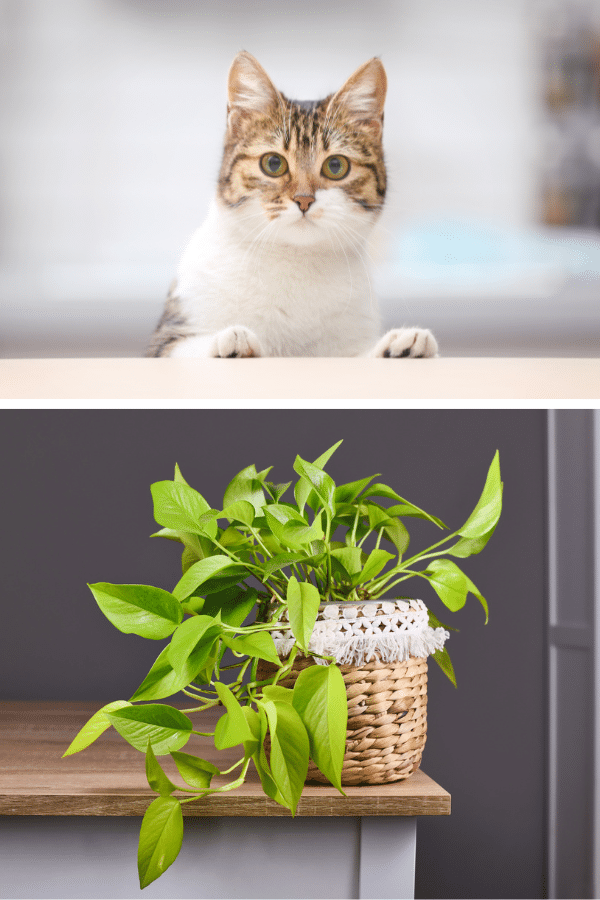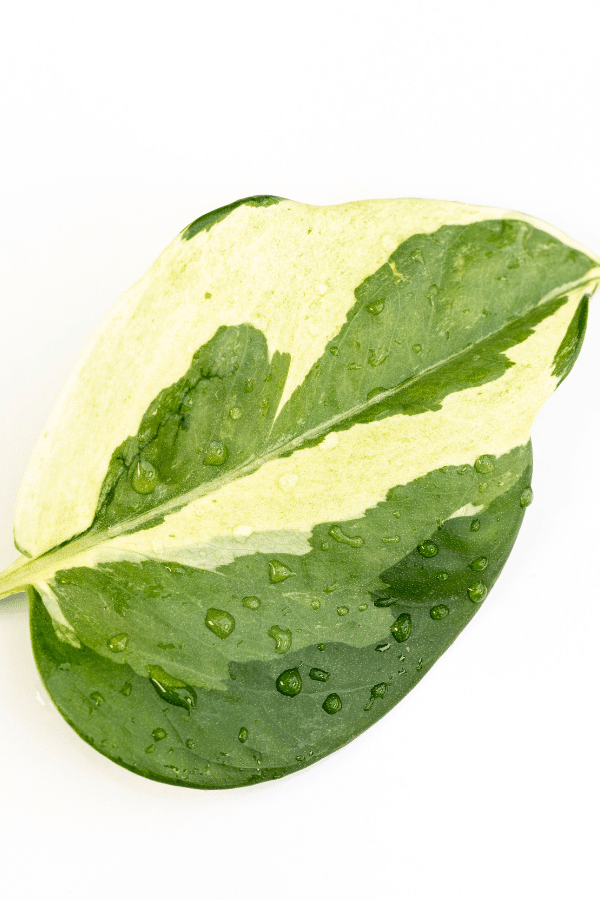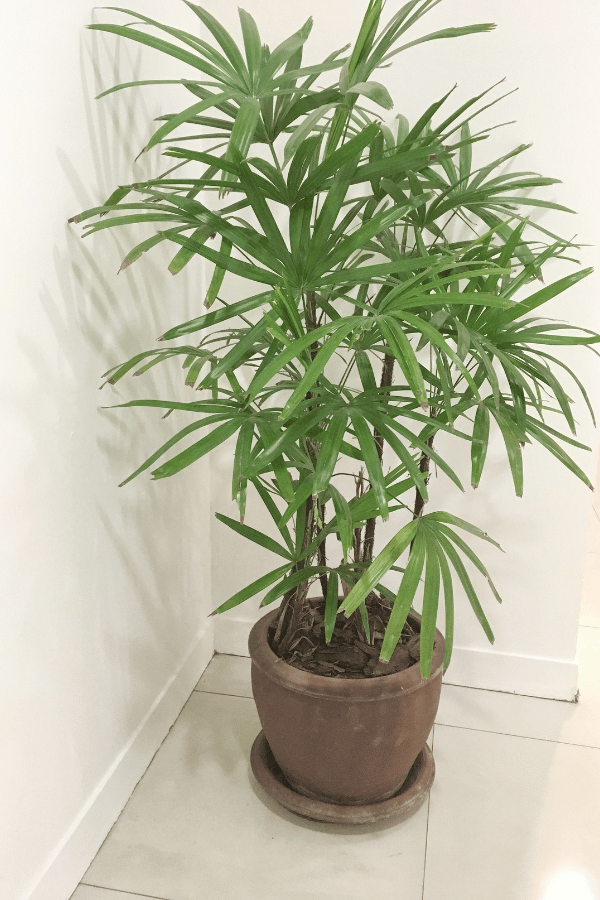Purple Heart Plant
Scientific Name: Tradescantia Pallida
Common Name: Purple Heart Plant
Purple Heart Plant care is a relatively easy Tradescantia to grow and care for. Originally grown as a beautiful colorful groundcover, it can do well inside grown as a houseplant.
To give this Tradescantia plant the best care, it requires well-draining soil, allow the soil to dry out before watering, provide it with bright indirect sunlight, temperatures ranging from 65-80F, and high humidity levels.
Quick Care Overview
| Common Name | Purple Heart Plant |
| Scientific Name | Tradescantia Pallida |
| Family | Commelinaceae |
| Origin | Mexico |
| Growth Rate | Fast |
| Identification | Stems and leaves are purple to gray in color |
| Height | Up to 18 inches tall |
| Soil | Well-draining soil |
| Water | Allow soil to dry out before watering |
| Temperature | 65-80F |
| Sunlight | Bright indirect sunlight |
| Toxic to Cats & Dogs | Yes |
| Toxic to Humans | Yes |
| Pests | Aphids, weevils, scale, and mealybugs |
| Diseases | Root rot |
Below we will dive deep into this Purple Heart Plant care guide.
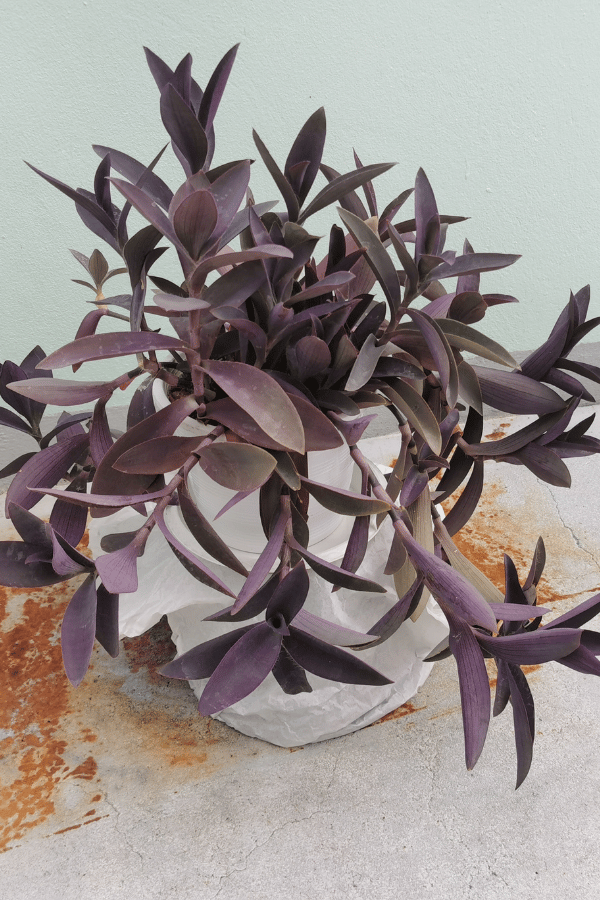
Purple Heart Plant History
Mexico native Tradescantia Pallida, otherwise known as the Purple Heart Plant, is named after its iconic purple stems, vibrant purple foliage, and violet and pink flowers. This gorgeous evergreen will add a pop of color to any room.
Purple Heart Plant Identification
This sprawling plant is often used as a groundcover when grown outdoors but also looks very attractive when grown indoors. The stems and upper leaves appear deep purple and also contain shades of gray that deepens in color as the foliage matures.
Purple Heart Plant Growth Facts
This quick-growing, creeping perennial likes to spread quickly. Compared to other indoor plants, the Purple Heart Plant will grow quite fast.
How Big Does a Purple Heart Plant Get?
Tradescantia Pallida may grow up to 18 inches tall and 18 inches wide.
Purple Heart Plant Care
The Purple Heart Plant is a sprawling groundcover that has downward trailing stems. This plant does well when kept in hanging baskets and large rectangular containers where it can sprawl.
Purple Heart Plant Soil
Tradescantia Pallida likes to be grown in an airy, water-retentive soil with good drainage. A commercial potting mix with incorporations of perlite should do quite fine for this plant.
Purple Heart Plant Fertilizer
Tradescantia Pallida will like to be fed with a diluted liquid balanced fertilizer monthly during the growing season. Dilute your fertilizer by about half of its regular strength to avoid leaf burn from fertilizer.
Purple Heart Plant Watering
Tradescantia Pallida are considered a drought-tolerant plant, and as such, it will not require much watering. However, the soil should not be allowed to dry out completely. When the top 2-3 inches of soil has dried, you should rewater your plant. Younger plants often require more water than mature plants and should be watered weekly at a minimum.
Purple Heart Plant Light Requirements
The Purple Heart Plant will enjoy being kept in bright indirect light, and while it can handle some direct sun, too intense of direct sunlight will cause foliage to scorch. Alternatively, this plant can be kept in lower light conditions, which will often lead to foliage losing its intensity.
Purple Heart Plant Temperature & Humidity
As a tropical plant, the Purple Heart Plant should be kept in warm, humid temperatures. Never expose your Tradescantia Pallida to frost, as this may cause permanent damage. Your purple heart plant prefers to be kept in high humidity. Consider placing your plant in a bathroom or installing a humidifier or pebble tray.
Repotting Purple Heart Plant
The Purple Heart Plant will not require frequent repotting. However, when the plant’s roots poke through the drainage holes of the plant’s container, it is time to repot. Ideally, repotting should be done in spring. Select a container with drainage holes.
Purple Heart Plant Maintenance & Pruning
Having a fast growth rate, this plant can quickly become spindly and leggy. After the bloom period is over, you should prune your Purple Heart Plant by taking off the top half of the overgrown stems. Ensure that you use gloves while pruning, as this plant is notorious for causing skin irritation and burns.
Purple Heart Plant Propagation
Tradescantia Pallida may be easily propagated by stem cuttings. To take a stem cutting, cut a 3-6 inch piece of stem using sharp, clean scissors. Ensure that the cutting(s) have at least one leaf node and a couple of leaves. Dip the cut end of the stem in rooting hormone and place into soil and water thoroughly. Place the cutting into indirect sunlight and ensure that it remains moist. The cutting should root within a few weeks and may be transplanted to a more permanent container once roots form.

Purple Heart Plant Toxicity
Considered toxic to humans, cats, and dogs, keep the Purple Heart Plant away from curious pets and small children.
Toxicity to Humans
Tradescantia Pallida is considered toxic to humans and should not be ingested. This plant also may cause contact dermatitis in certain individuals. Therefore, it is suggested to use gloves when pruning, repotting, or propagating this plant.
Toxicity to Cats & Dogs
The Purple Heart Plant is considered toxic to pets and should not be consumed. If you suspect your pet has ingested any portion of this plant, contact your veterinarian or animal poison control immediately.
Purple Heart Plant Problems
Purple Heart Plant Leaves Turning Yellow
If the leaves of your Purple Heart Plant turn yellow, it is likely indicative of a nutrient deficiency or watering issue.
Purple Heart Plant Leaves Turning Brown
When it comes to the Purple Heart Plant, browning foliage is often indicative of a lack of moisture or humidity. Alternatively, brown foliage may be due to too intense of direct sunlight. Ensure it is getting enough water and it’s in a spot in your home that receives bright indirect sunlight.
Purple Heart Plant Diseases
This hardy plant is unlikely to suffer much from plant disease. However, it is not immune to issues. Issues related to overwatering, such as root rot, may become an issue for the Purple Heart Plant. Ensure that you do not overwater or allow your plant to sit in excess water within the plant’s drainage tray.
Purple Heart Plant Pests
The Purple Heart Plant is known to attract aphids, weevils, scale, and mealybugs. If an infestation is spotted, isolate your plant, and treat it with a pesticide such as neem oil or insecticidal soap.
FAQ
How Do I Make My Tradescantia More Purple?
To maintain the lush purple foliage, lots of bright indirect light is needed for the Purple Heart Plant. If this plant isn’t given adequate light, it will be a dull purple and even dull gray or green.

